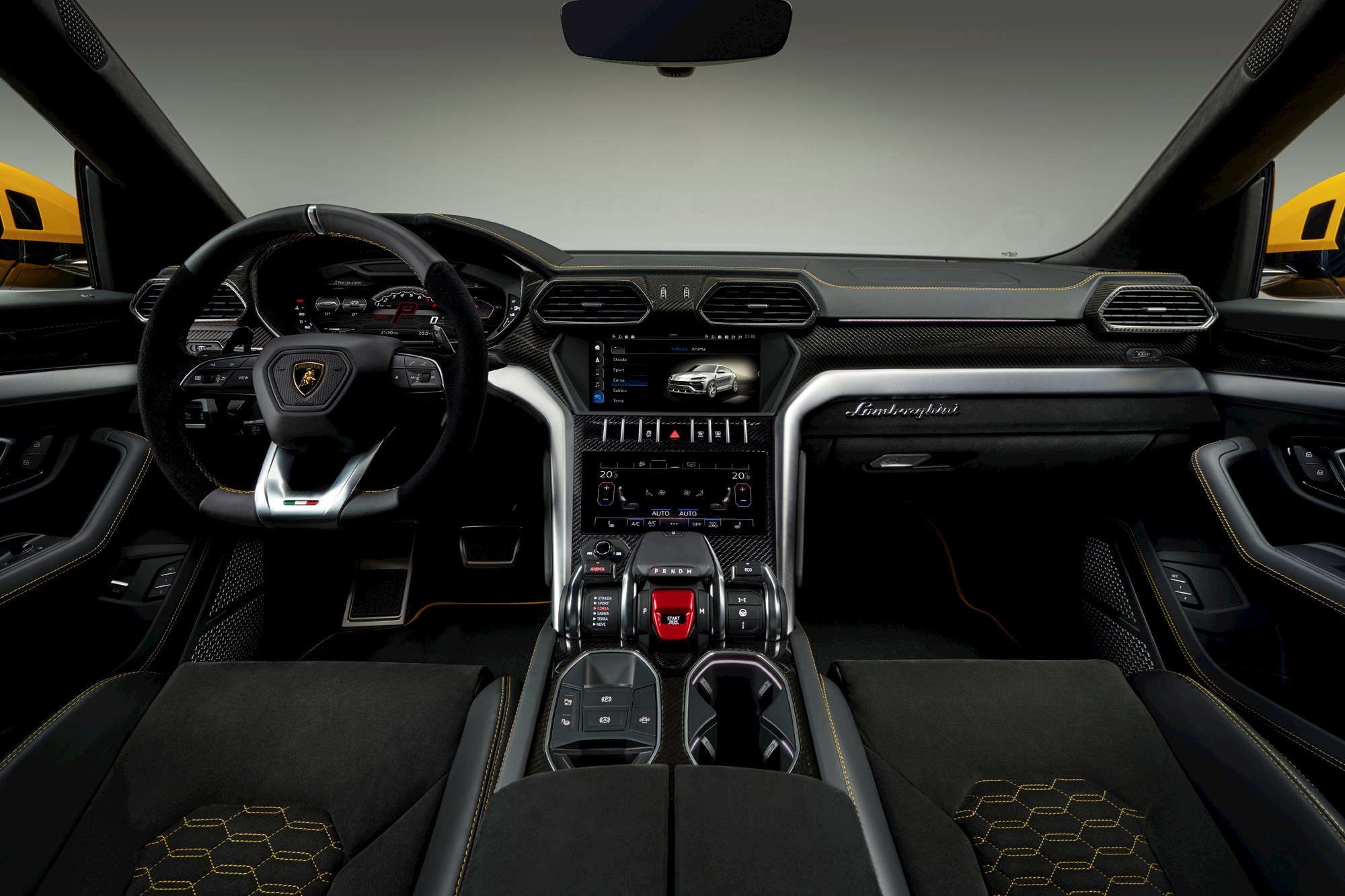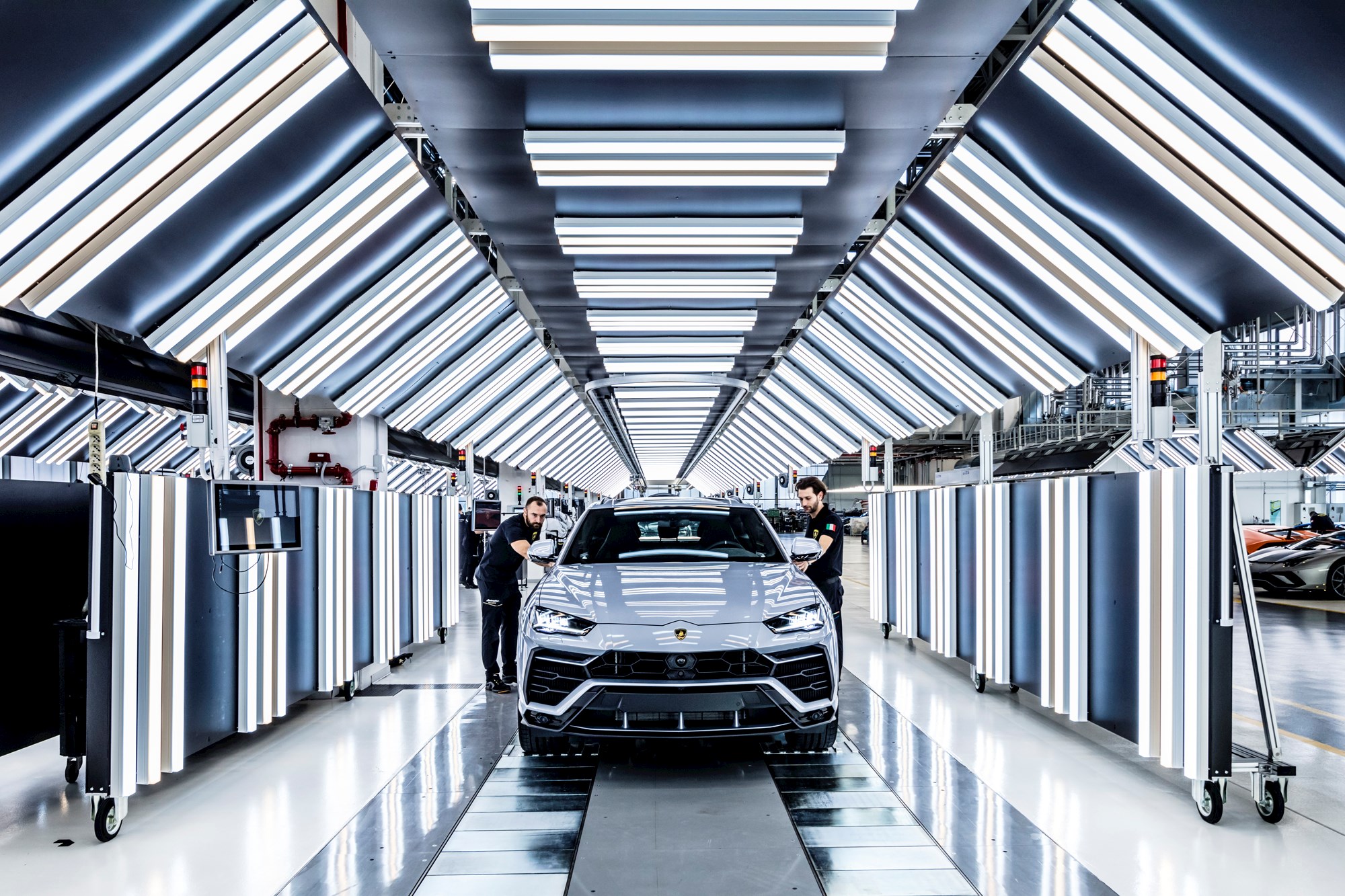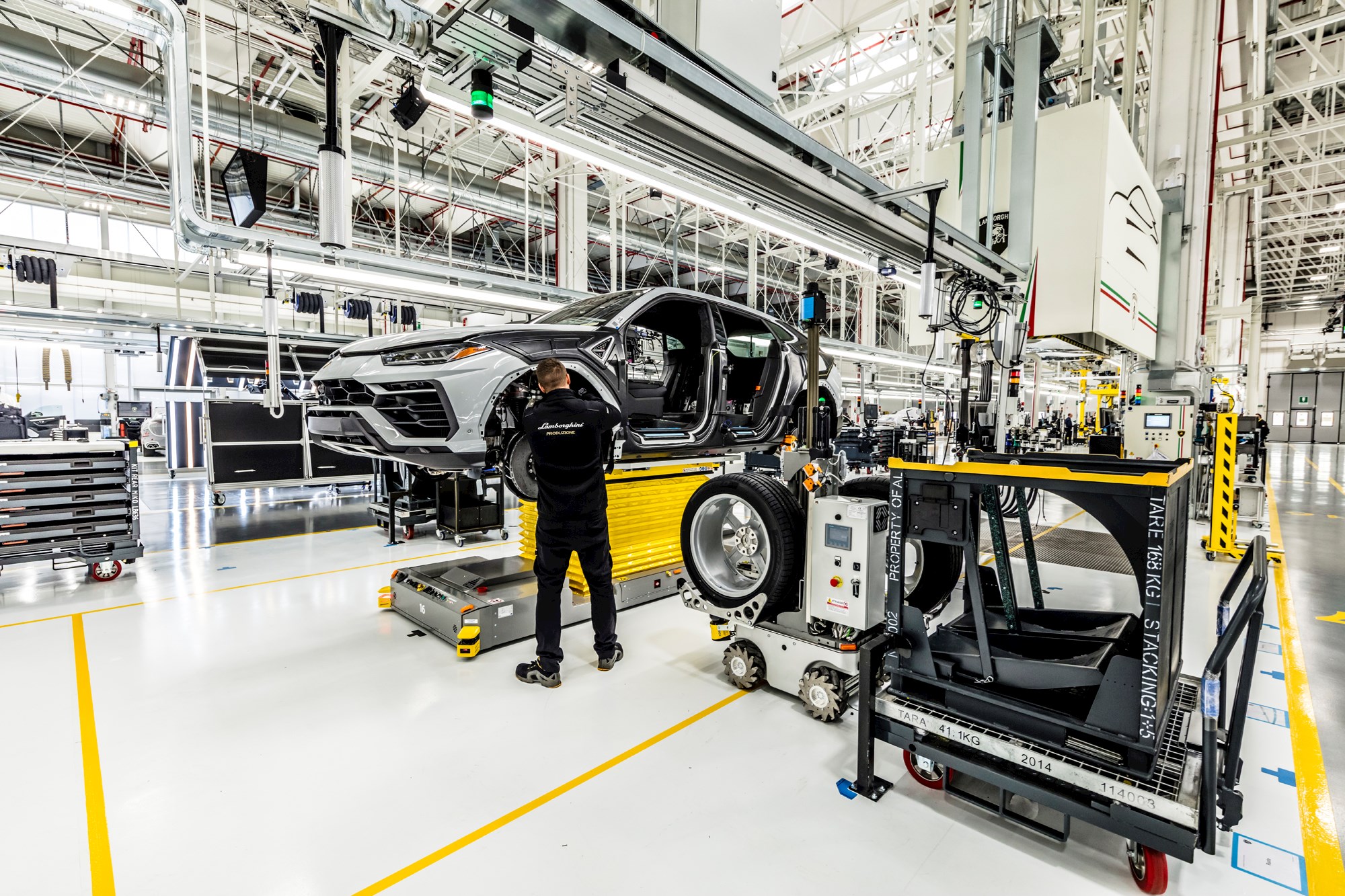Over in Germany, the technocrats are going ga-ga over a new concept in manufacturing called Industry 4.0. The number hints that this concept heralds the arrival of the fourth Industrial Revolution, and companies such as Bosch and Volkswagen have been quickest to apply it to automotive manufacturing.
Hence, when Volkswagen’s Italian supercar division, Lamborghini, needed to build a facility to manufacture the new Urus SUV, it set out in 2015 to build one of the world’s first 4.0 car factories.
On sale in New Zealand this spring, the Urus is the first new car in the world to emerge from what a production engineer would call a “Cyber Physical System”.
The cyber side is represented by a new generation of highly mobile, highly intelligent robots that can fully integrate with the physical contributors to the production process — i.e. humans.
In the past, automotive manufacturing automation has had to occur in ring-fenced areas of the production line as the robots were huge, rooted to the factory floor, and too potentially hazardous to humans during close encounters.
On the Urus assembly line, there are no boundaries between the cyber and the physical worlds. People work seamlessly alongside their robotic “collaborators”; the latter are equipped with motion sensors to avoid human contact.
What’s more, the sensitivity of the robots in measuring the precision of the car’s assembly allows them to constantly monitor whether components in the manufacturing machinery are in need of maintenance, so these tasks can be carried out at the most advantageous times.

Lamborghini’s chief manufacturing officer, Ranieri Niccoli, says the different architecture of a front-engine SUV to the usual mid-engine super sportscars associated with the brand, allowed the company the freedom to implement a new production system.
“An SUV is very different to the Huracan and Adventador, so we took the decision to work on a 4.0 plant, but one that retains all the characteristics of a Lamborghini factory.
“This means giving the workers — who are the factory’s engine in terms of expertise, manual skill, attention to detail, and passion — the advantages offered by digitalisation of production processes, freeing them from those activities that give no added value to the final product.
“Behind each technician’s work, digitalisation allows us to have a global operating system that harmonises the entire process.
“One advantage of this is that we can immediately identify even minor anomalies — a screwdriver that heats up more than it should, for example — to prevent any loss in the final quality.”
According to production trouble-shooter Matteo Ortenzi the other big advantage of going to 4.0 assembly is the extra flexibility it allows with reduced effects on production volumes.
Seventy-five per cent of Lamborghini’s customers personalise their cars when ordering them, and the assembly of the cars at the Sant’Agata factory (near Bologna) therefore needs to be as flexible as possible.
Although this flexibility is easily achieved on the Adventador and Huracan lines due to the low numbers of the cars produced each day, the increased 20-cars-per-day flow of Urus SUV manufacturing presented a challenge that could be solved only by moving to 4.0 assembly.
“In preparing for future challenges, flexibility is needed like never before, and 4.0 factories give people the noble task of production, while shifting those tasks that require qualitative precision and consistency to machines, all of which co-ordinate and communicate with each other.

“This is what we have always done — build personalised cars for each customer. What has changed is the level of technical support provided by the machines that contribute to production.
“In fact, with 4.0, industry moves closer to us, and our methods.”
That’s a hint that mainstream car brands may soon be able to offer similar opportunities to personalise the products during final assembly if they also adopt 4.0 practices.
For Lamborghini has now developed a way to make a highly personalised vehicle in the same time that it takes to build a totally standard model.
The entire Lamborghini Urus project — car and factory — has cost €1 billion to implement.
It’s easy to assume that most of the money went on the new factory, given the technology the Urus shares with two other luxury sports-SUVs in the Volkswagen Group — the Bentley Bentayga and the Porsche Cayenne Turbo.
It’s the new body and cabin that most defines the Urus as a Lamborghini, along with the improved opportunities to personalise it during the order placement process.
The exterior design is as eye-catching and aggressive as that of any Bull-badged SUV should be. And inside, there’s leather everywhere — the hides of six or seven beasts are required to furnish the cabin.
It’s also the first Lambo to be made available with carpets in colours beyond black and brown.
And although there are 11 standard exterior paint colours to choose, you can suggest any colour you desire and the 4.0 paint shop will respond to your wishes.
There’s even the opportunity to have the guards above the wheel arches either blacked-out or coded to match the rest of the exterior. To my eye, it’s a choice that visually defines Urus as either another high-riding SUV, or a true sibling to the Adventador and Huracan.

On the powertrain front, Lamborghini has added a few improvements to the Porsche-sourced 4.0 twin-turbo V8, eight-speed automatic gearbox, and permanent 4wd system.
New engine management software and cylinder head mods unleash more power and torque, taking the maximum outputs to 478kW and 850Nm.
That’s enough shove to bust through the legal limit in 3.7 seconds, hit 200km/h in 12.8, and kick on to a top speed of 305km/h. No wonder then that Lamborghini is hailing the 2200kg Urus as “the world’s first Super Sports Utility Vehicle”.
But, as Pirelli was once fond of stating — power is nothing without control.
Lamborghini’s veteran engineering chief, Maurizio Reggiani, says a SUV presented new dynamic challenges for his team to overcome, notably the higher centre of gravity and increased mass.
The use of adaptive air suspension that can rise or lower body ride height according to the application, and active stabiliser bars that can also adjust their stiffness to reduce the effects of weight transfer, were chosen as solutions to those challenges.
“A dedicated electronic control system ensures maximum stability at high speed and, with suitable adjustments made automatically thanks to the inertial platform that controls all the car’s functions, the car is also perfectly at ease during urban and touring use.”
The Urus is as big as the Cayenne that donated much of its mechanical foundations, riding on a wheelbase that stretches 3m, and overall length is 5.1m.
There’s plenty of headroom inside the cabin despite one of the lowest rooflines in the SUV segment, primarily because the seats also reach a new sector low with their mounting points.
A more bustled and attractive rear end than the Cayenne reduces luggage capacity only marginally, lowering it to 616 litres instead of 748. Consider it a necessary victory of passion over practicality, as befits a true Lamborghini.
Which the $339,000 Urus most definitely is — and it’s as high-tech as any SUV currently comes, thanks to those Industry 4.0 origins.









